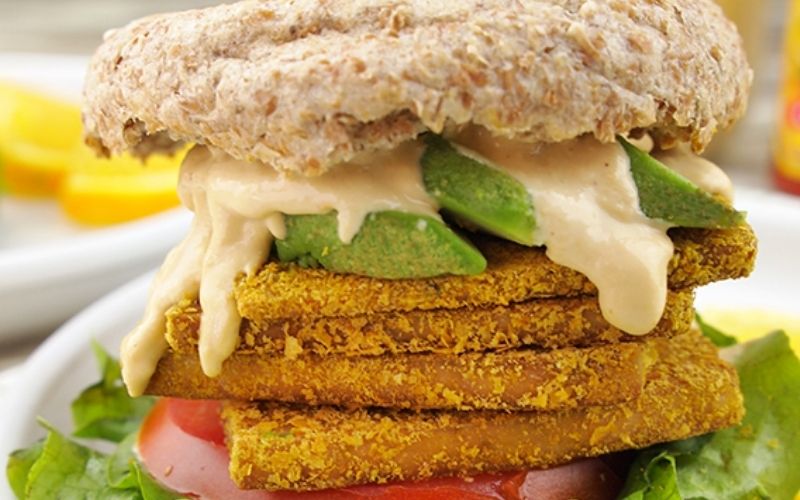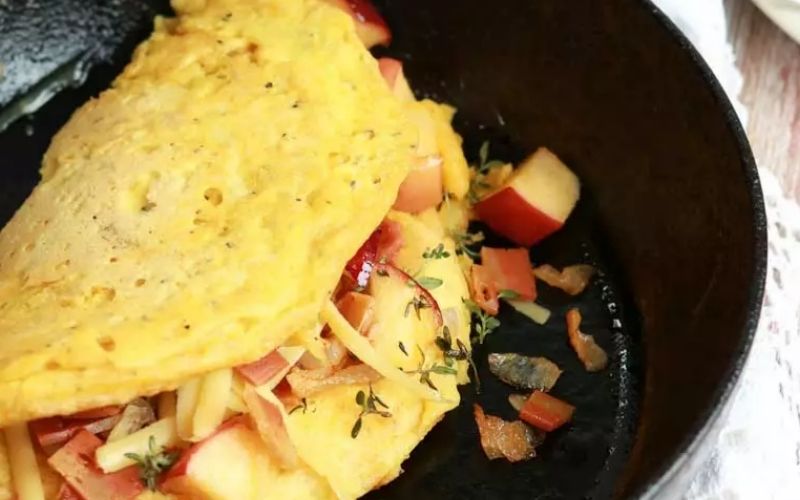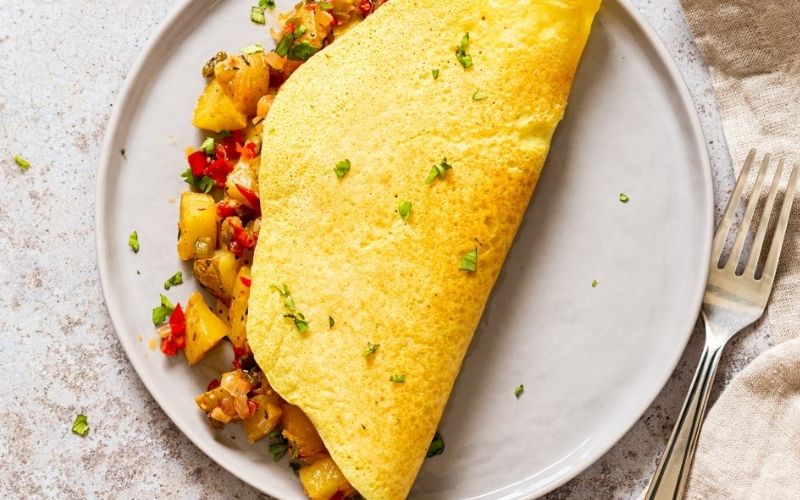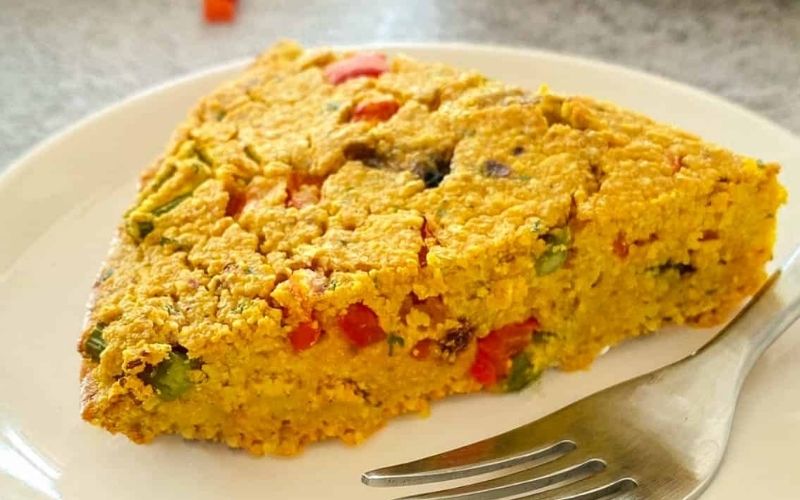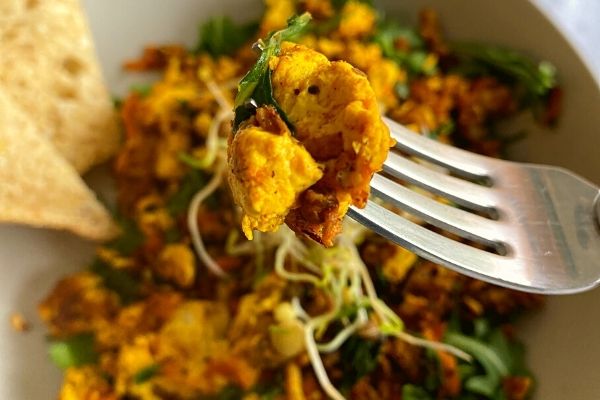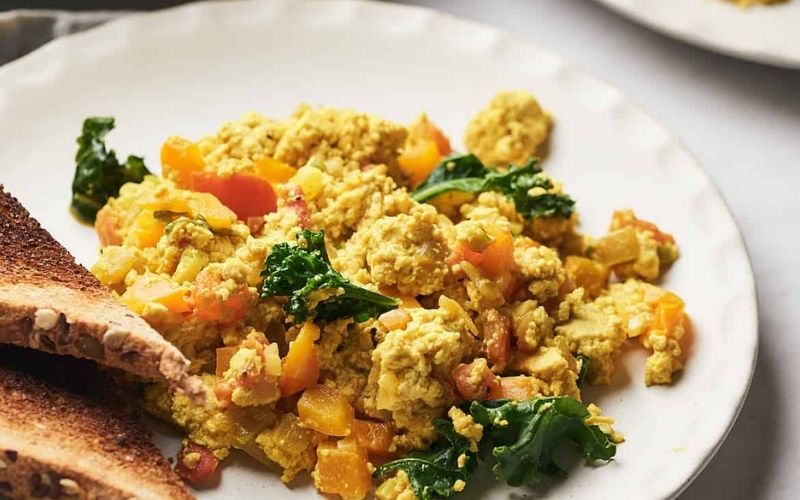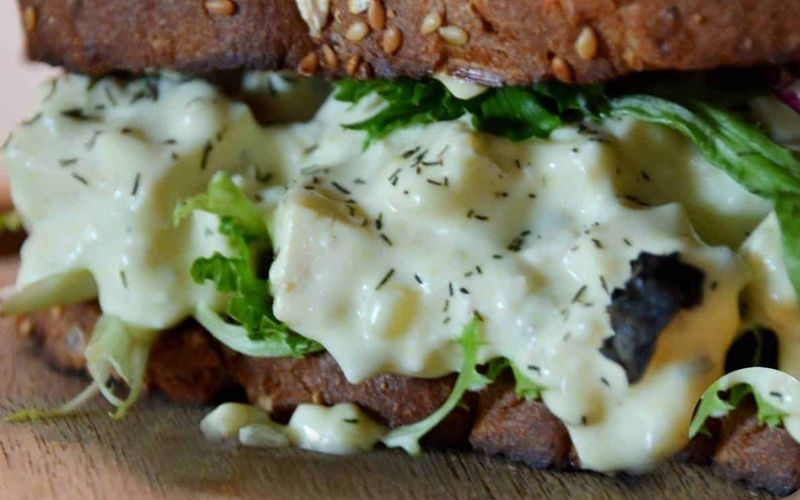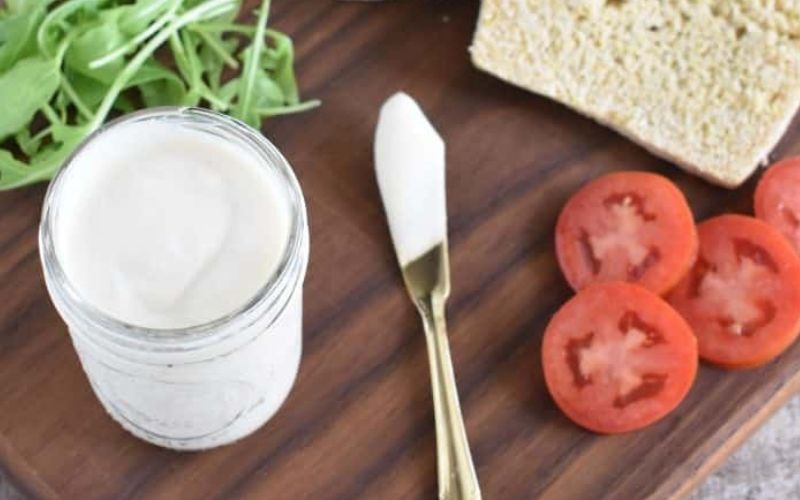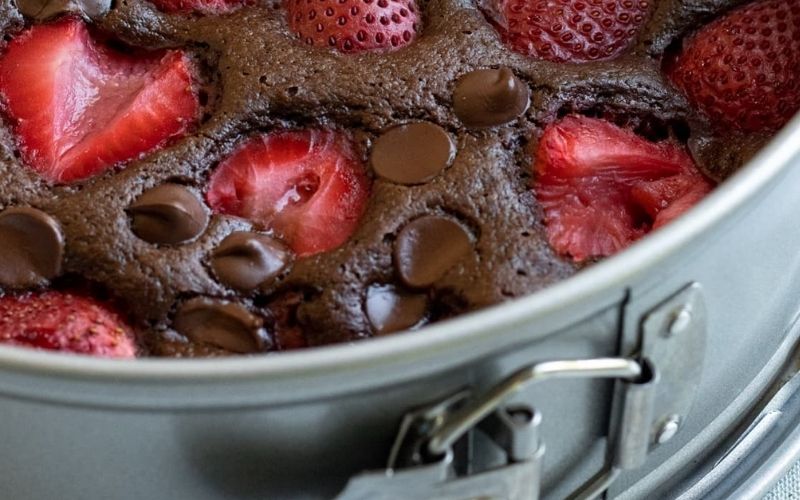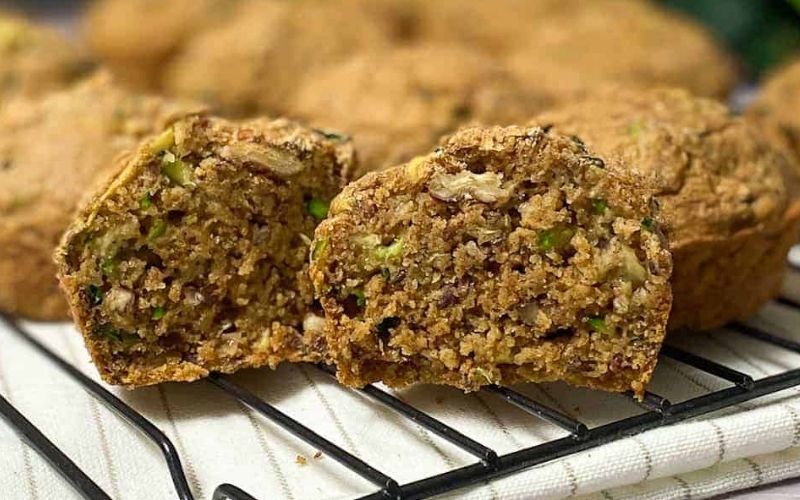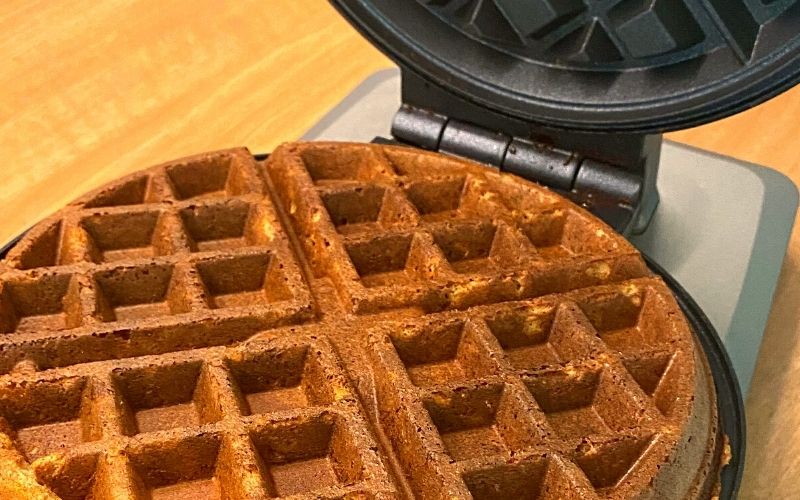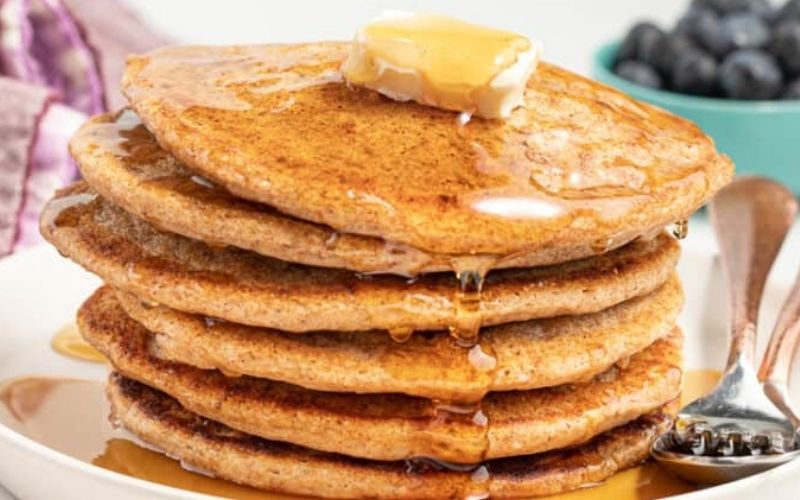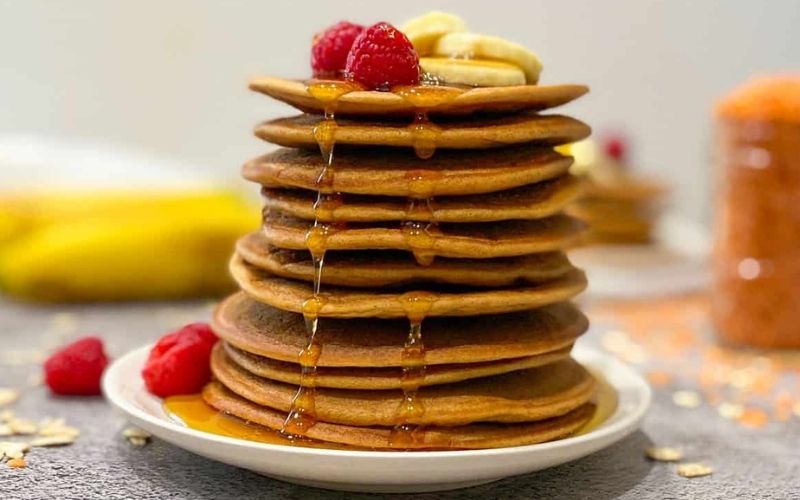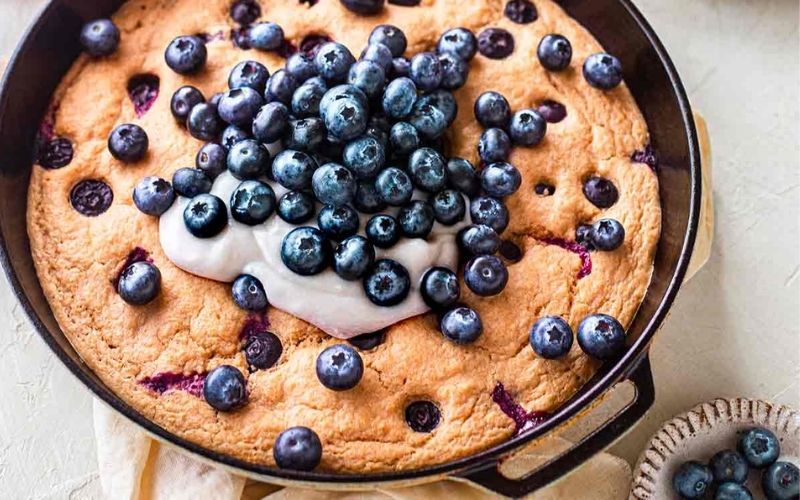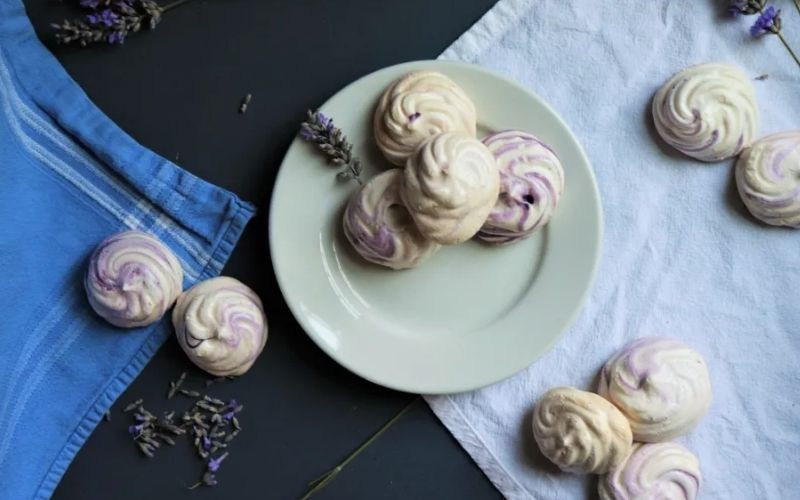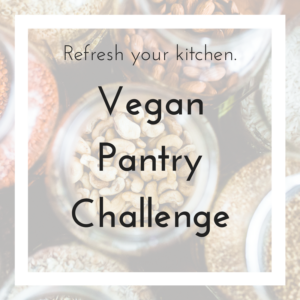Replace eggs? What do you mean?! My egg-loving self from 10 years ago would not believe I would ever willingly stop eating eggs. To me, eggs were the perfect food: such a convenient package of carbohydrates, protein, and fat. I would batch prep a dozen hard-boiled eggs for myself on the weekend to peel one for snack mid-morning and sometimes mid-afternoon, too. During my second pregnancy, they were one of the only things I could eat that eased the nausea. In my plant-based and vegan journey, eggs were probably the last animal product I held onto. But, let’s face it, they had to go. In this post, I will share my best tips about how to replace eggs in cooking in both egg-centric dishes (e.g., omelets) and in those recipes where they play a support role (baking). The best part is that eggs can be substituted with whole food ingredients that are far more nutritious and undoubtedly health promoting.
Jump straight to the topics you are curious about
Why quit eggs?
- Eggs are cruel. Battery cages still confine 80% of the world’s approximately 8 billion layer hens, leaving them each with less than the surface of a letter-sized piece of paper to live their whole miserable lives. Even those hens “lucky” enough to toil in so-called “cage-free” environments are, in practice, confined to hell on earth.
- What about idyllic backyards where a few hens roam free in the day, retreating to a safe shed to roost at night? I’m sorry to report that hatcheries destroy the laying hen’s brothers (would-be roosters) by live-grinding or suffocation since they have no commercial value. Buying laying hens (or their eggs) makes one a participant in this horrific practice that, as far as I know, only Germany has banned so far.
- Anyone who has had a period knows that they can make us feel depleted. Laying hens have been selectively bred to lay a high number of eggs – basically having a period every day. The process taxes their health and robs them of the nutrients they need to live a long, healthy life. In short, hens are females whose reproductive organs are hijacked by human industry to create cheap protein for humans, without consideration for the hens themselves. (Psst! If you want to keep a rescued layer hen as a pet for their personality, consider providing them with a “laying-control” implant.)
- Eggs do contain macro-nutrients but the devil is in the details. I recommend reading Dr. Shireen Kassam’s excellent summary on the health implications of consuming eggs, “Eating eggs.” In short, “Although eggs may be better for health compared to a bacon sandwich with white bread, we can make healthier and safer choices by eating plant sources of the same nutrients. For example, an 80g serving of tofu has 6g of protein and contains choline, selenium and iron whilst being very low in saturated fat and containing no cholesterol.”
- Between no-food and eggs, eggs of course are preferable. Without surprise, eggs can prevent stunting of children in contexts of extreme poverty. However, in North America and Europe, egg alternatives are abundant, inexpensive, cruelty-free, salmonella-free, and more nutritious. We’d be silly not to make the switch!
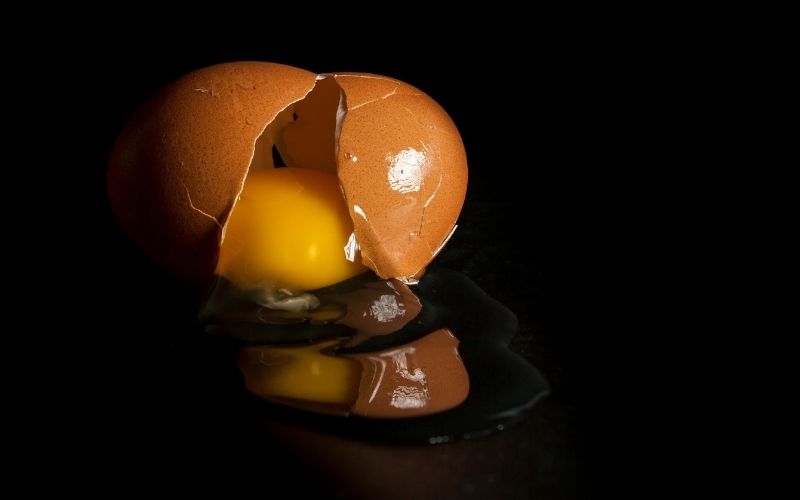
What about commercial alternatives?
Egg replacer powder has been around forever (thanks Bob!), vegan mayo is common in convenience stores, and even liquid eggs are now available on supermarket shelves in most metropolitan areas. The myriad of commercial options in both the United States and Canada means that there isn’t an egg need that isn’t covered with a suitable substitute. Replacing eggs has big business potential and there is no shortage of players in this field.
If you are just getting started with vegan cooking, and too overwhelmed to transition to whole foods alternatives for now, don’t worry about it! Bookmark this page and come back later.
But if you have the mental bandwidth to consider transforming your cooking and free your kitchen from eggs, you will love these tips.
1. Think about what you want to replace when replacing eggs
The first step to substituting eggs is to think about their purpose in your meal. Do you feel like making a dish where eggs can be seen and tasted, like, well, eggs (fried, poached, scrambled, hard-boiled…), omelets, quiches, etc.? Let’s call those “eggy” recipes. Or are you relying on the chemical properties of eggs like leavening or binding in order to create a dish where the eggs themselves will not be visible or tasted? There is also a third category, that of the “habitual egg” dish. Those are dishes where you might have been adding an egg out of habit, but where really it wasn’t necessary to begin with. Two examples come to mind: banana bread and the filling of spring rolls.
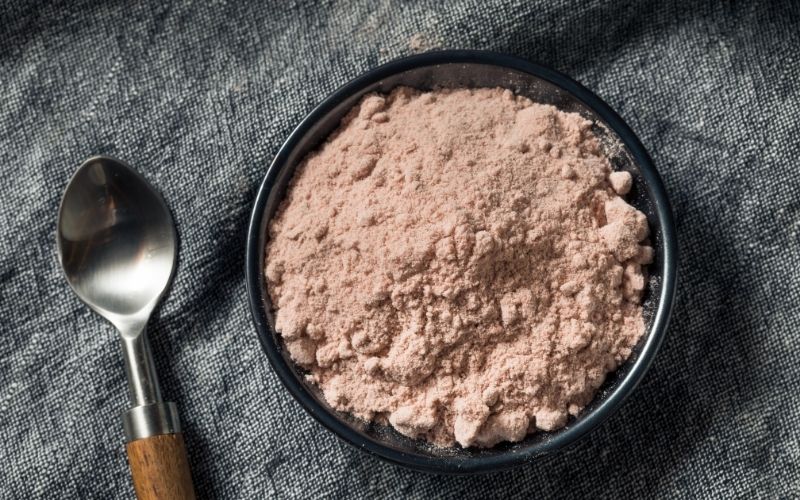
2. For eggy things, get yourself some black salt, a.k.a. kala namak
Craving an omelet or scrambled eggs? You’ll first want to take a trip to the Indian grocer is in order. Buy yourself a package of black salt, a.k.a. kala namak, keeping in mind it is actually pink. Black salt is actually just sodium chloride (salt) that happens to be contamined with a small amount of sulphur. Since the smell of sulphur is very specific to cooked eggs, adding a pinch of black salt to eggy dishes can fool our brains: “if it smells like eggs, it must be eggs.”
Don’t buy a big bag! You will only use at most a quarter teaspoon at a time. Also, it tends to lose it’s sulphurous smell after a while, so you’ll want to get fresh black salt in a year anyway.
3. English muffin sandwiches and Benedicts? Firm tofu wins the day.
Cut firm tofu into 1/2-inch slabs and press lightly with a clean tea towel to remove excess water. Use a wide-mouth jar lid or small bowl to punch out a round shape, if you feel the need to more closely imitate eggs. Fry in a skillet on both side – oil is optional, but adding a teaspoon of it will help reproduce the egg experience because eggs are more fat than tofu. Sprinkle with a big pinch of black salt and fresh ground pepper. Layer between the top and bottom of a toasted English muffin with your favorite vegan cheese and vegan bacon for that drive-thru breakfast vibe. I love Dianne’s Kitchen’s cheesy sandwich recipe below, and The Viet Vegan’s recipe is a very convincing egg-mcmuffin imitation.
4. Egg-free omelet? Try chickpea flour or blended red lentils.
Allergic to soy? Not all things eggy need to be made with tofu. You have two main options.
Option A: Chickpea flour omelet. Combine chickpea flour and water. Start with an equal volume of both, plus seasonings (nutritional yeast, spices including turmeric, black salt, fresh ground pepper…), whisk until mixed completely, and add a little bit of water (one or two tablespoons) if too thick to pour. Cook in a hot skillet, preferably well-seasoned pre-heated cast iron griddle, about 1 minute per side.
Option B: Whole lentils or split peas. If using whole legumes, you will need to pre-soak them for a few hours. Drain and rinse, then blend (in a blender) with an equal volume of water plus seasonings (nutritional yeast, spices including turmeric, black salt, fresh ground pepper…). Add a little water if too thick, never more than a tablespoon at a time. Cook in a hot skillet, again about 1 minute per side.
In both cases, you’ll want to fill your omelet with warm vegetables you will have roasted separately, or previously stir-fried in a skillet. Some of my favorites include potatoes, mushrooms, zucchini, and spinach.
The same principles apply to make vegan frittata, as you can see in this example from This Healthy Kitchen:
5. Scrambled eggs? Pick runny or cooked through… tofu!
Do you like your eggs soft or cooked through? If you picked soft (like me!), then use medium or even soft tofu to make a perfectly eggy and nearly-runny scramble – that’s also way safer than eating not-quite-cooked eggs. If you prefer when your scramble doesn’t jiggle, then you’ll love firm or extra-firm tofu. Add some seasonings and your favorite veggies and you’ve got yourself an awesome breakfast (perfect on toast!) or sandwich filling.
Bonus: it’s a great way to use up leftover produce and fresh herbs.
To learn more, visit my complete guide to tofu scrambling, which includes a basic scrambled tofu recipe.
6. Egg salad? Chickpeas or, you guessed it, tofu
If you grew up with Grandma’s egg-salad sandwiches, you can create your perfect egg-free substitute with tofu or chickpeas. Again, the addition of black salt will be key to getting the taste and smell just right. Tofu is my personal favorite here, but for those who are allergic to soy, or have more chickpeas than they know what to do with, Simple Veganista has a great soy-free egg-style sandwich filling recipe.
7. Mayo? Hit the tofu shelf again.
Blend up medium or silken tofu with a bit of lemon juice and salt and, bam! You’ve got a great substitute for your favorite sandwich condiment. I love how Sherri from Watch. Learn. Eat. added aquafaba to further improve the texture.
8. Baking? Look for a “native vegan” recipe. Options abound!
Are you trying to substitute for eggs in cake or other baked goods? When you are just getting started with vegan baking, do yourself a favor and use a “native” vegan recipe, that is a recipe that was written by a vegan using vegan ingredients. This is certain to give you far better results than trying to convert a conventional recipe. Once you have some practice with getting the right substitute for egg in cookies and the like, you get to decide whether it’s really worth dusting off your old recipes.
Ingredients you should expect will include “flax eggs” and “chia eggs” (1 tablespoon ground flax or chia seeds with 3 tablespoons water, mix then wait 3-5 minutes to give the mixture time to “gel”). Flax and chia are nutrition powerhouses with omega-3s and precious insoluble fiber, in addition to breast cancer-fighting power – unlike eggs which increase cancer risk.
Other common ingredients in egg-free baking are applesauce and mashed bananas, both of which also decrease the need to use oil for moist baked goods. You might notice that many vegan recipes use a little more baking powder than conventional recipes to enhance leavening.
9. Waffles and pancakes? Definitely use a native vegan recipe.
Wild for waffles? Wanting to pile on the pancakes? Flax eggs will do a wondrous job of keeping those whole grains bound together, and a little baking soda will help them fluff up nicely. Bananas and apple sauce also make a great addition to the batter, eliminating the need for oil and adding extra sweetness and nutrition. You can trust vegan recipe developers to create a recipe that will scratch your brunch itch just right. Plus, vegan recipes tend to pack more nutritious ingredients, like seeds, whole grains, and even beans, compared to their conventional counterparts.
If your vegan pancake isn’t holding together when you flip it, or your waffle stays stuck to the iron, don’t accuse the batter recipe. I know many of us are eager to eat, but the reason why pancakes and waffles stick or fall apart is often because they aren’t cooked enough yet. Practice patience. Melanie’s tip from A Virtual Vegan’s blog says it well: “Once you have added the batter to the pan, you should wait until the surface of the pancake is covered with bubbles that have popped more or less all over the surface, not just around the edges. The outside edge of the pancake should also have firmed up and turned darker.” Check out her lovely spelt pancake recipe below:
10. Banana bread? Who needs egg for that?
To me, banana bread is mostly an opportunity to eat more flax seeds and various whole grains. I can’t quite imagine why anyone would need to add egg to it, though. Roughly based on Dreena Burton’s “Best Banana Bread” recipe, I keep on changing the ingredients – including using the banana peels! – and the results are always somewhere between “hits the spot” and “amazing.” Start experimenting at home yourself!
11. Fancy white cakes, meringues, and soufflés? Aquafaba’s your friend.
If you are into making beyond-human delicacies like angel food cake, key lime pie, and macarons, you will love the novelty and mystique of working with aquafaba. Aquafaba is, quite literally, the “water of beans:” the liquid you don’t normally use from a can of chickpeas. Once you learn how to work with aquafaba, you will regret all that magic water that you allowed to go down the drain!
To work with aquafaba, you will need three things:
- a stand mixer (or a handheld mixer plus strong, patient arms),
- cream of tartar (to help keep things perky),
- and advice from aquafaba specialists. I love Zsu Dever’s Aquafaba! book. You will probably appreciate the company and mentorship of others in this Facebook group.
I could look at those fluffy delights all day… but it’s the kind of stuff I only eat once in a while.


